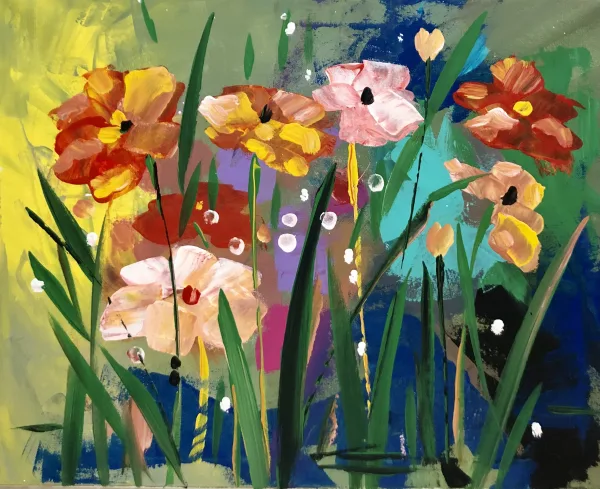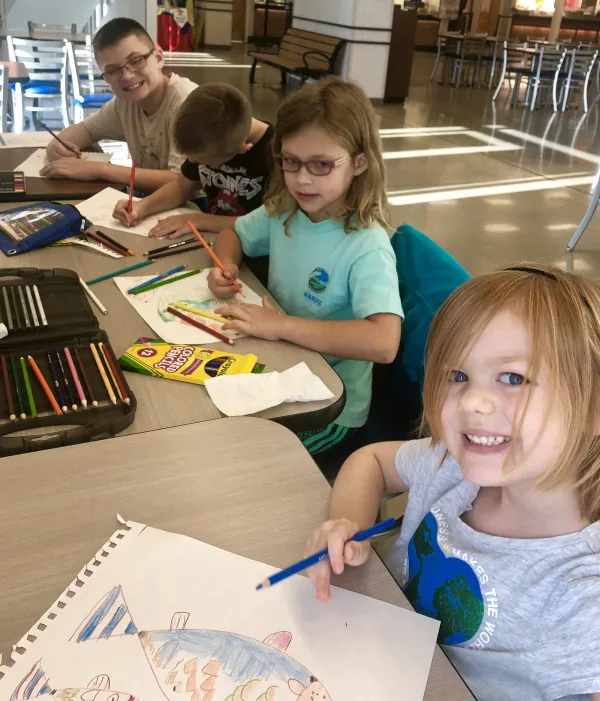DanNie Studio
About
We teach one on one private art lessons.
Our slogan is : "We teach what you like to learn. "
Please visit : DanielNie.com then click Art Lessons.
About the instructor: Daniel Nie has a Master degree in Fine Art from American University, Washington, DC. He has 25 years of teaching experience. For more informaton about his teaching please visit DanielNie.com then click the Art Lesson link on the top of the home page. You may aslo google Daniel Nie to learn more about this art artist and art teacher. Please feel free to give him a call at 704-574-1815.
Photos and videos


Reviews
McKenzie
Amy B.
Frequently asked questions
What is your typical process for working with a new student?
Beyond the Basics
Teaching art to children is totally different from teaching art to adults.
I teach children the basic principles of art in terms of concretes. For example, I guide them to see that a tree leaf is connected to a branch, the branch is connected the trunk , and the tree trunk is rooted in the earth.
When I teach adults, I assume they possess common sense, so my emphasis is more on guiding them to think in terms of abstractions, such as aesthetics and iconography. With adults, a painting can just be a tree leaf without the branch. Furthermore, the painting could merely be a representation of the colors and textures of a leaf, without a concrete image of the object.
Even though some of my younger students have studied art with me for many years, most are still too young for me to discuss abstract concepts with them. However, through painting and drawing, they can learn the skills of critical thinking. For example, I often require them to think what size and placement of the image should be in relation to the size of the canvas. That is a kill of planning management. I encourage the young student to visualize a finished picture before he or she starts to paint. I often encourage a young student to use this kill of visualization to see what he or she will be doing 10 or 20 years from now. Once a young person has such a vision for future, he or she can set his or her current priorities at right places.
In order to be a good artist, I encourage each student to establishing his or her own painting style.
In the higher level art lessons, we discuss composition, rhythm, balance, texture, and even philosophical symbolism in a work of art. Most importantly, I want my students to not only learn art just for art's sake, but also to understand how they can apply the principles of art to their lives, to possess the ability to comprehend and handle challenges beyond the basics.